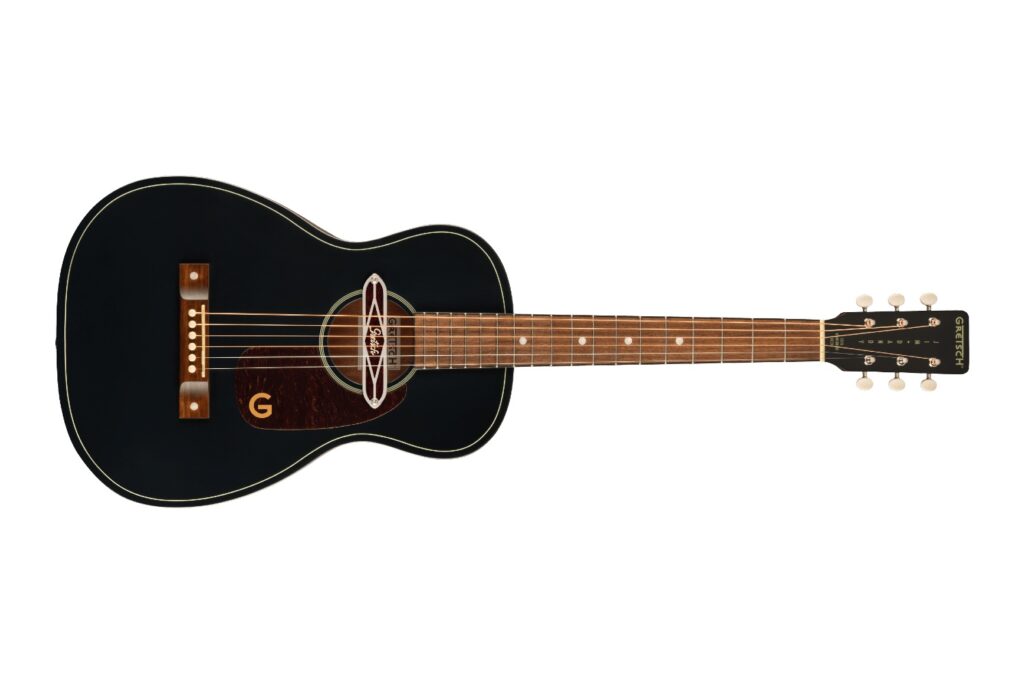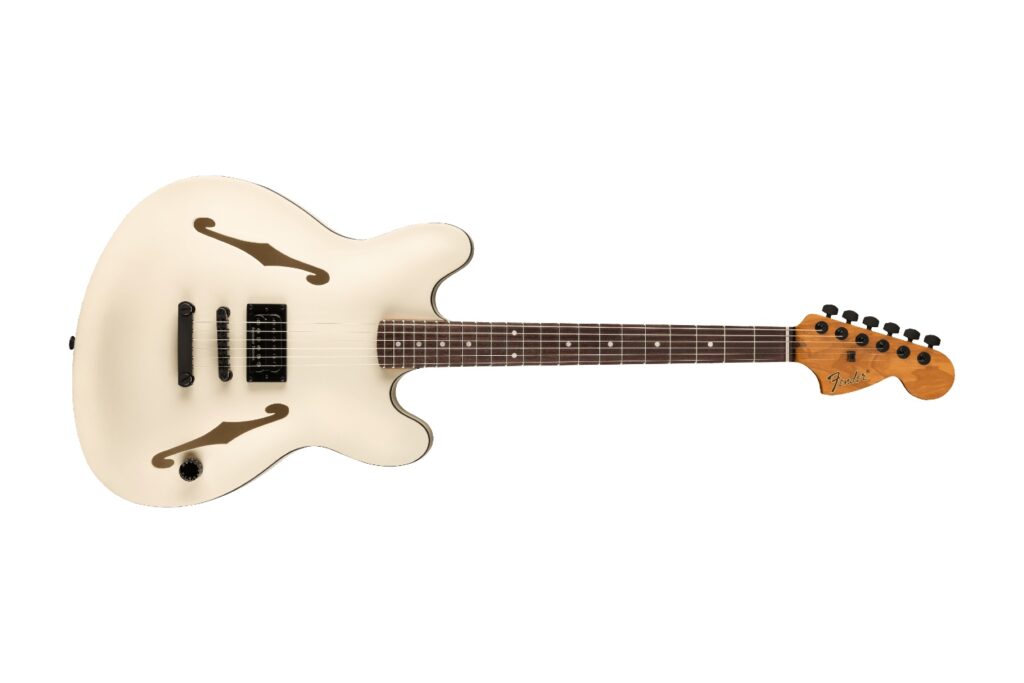Zoom UAC-232 Audio Interface | Dynamic Music | RRP: $399
The Japanese effects and recording gurus at Zoom are no strangers to home recording solutions, having pioneered desktop recorders with their R-16 and subsequent models. Of course, they have also offered direct DAW recording hardware options for longer than I can remember, utilising the recording technology used in Zoom portable and desktop recorders to create up-to-date audio interfaces. Not only do these offer excellent quality, but with shared R&D costs from Zoom’s other recorder lines, they deliver on value too. So, it goes without saying that the Zoom UAC-232 USB Audio Interface is one that delivers on price and features in a way that many others don’t. Let’s see what it’s all about.
Read more gear reviews here.
We’ll start by putting this out there: this is the best looking interface Zoom have ever created. That’s not just an opinion, it’s a fact. The UAC-232 looks stylish, it looks sleek, it looks like it is a cut above. And with that, it backs it up by providing a quality of audio capture that you’d expect from such a sharp looking piece of kit. Zoom’s UAC-232 is the first dedicated 32-bit float technology audio interface and one that is going to set the standard for future devices. So, what exactly is 32-bit float technology, and why did the engineers at Zoom exclude gain controls on the inputs for the UAC-232? All good questions worth looking into.
One way of looking at 32-bit float recording is that it’s batting well above its average. What this means is the converters are capturing audio beyond the ceiling that has previously been a limitation on digital audio – the cut-off point that causes clipping. This allows you to record with an amazing dynamic range and capture just about everything, far beyond what normal digital recording allows for. From the quietest breath to the loudest crash, the audio is captured clearly and without distortion, so that it can then be adjusted in post-production. It’s like having an almost infinite dynamic range, where huge amounts of audio are captured for every second of recording, but only at the expense of about 1/3 extra recording space.
In most current digital recording formats, with a limited dynamic range, you end up clipping if a signal goes too high. On top of that, you don’t hear a lot of the quieter sounds if you adjust the gain to counteract loud signal sources. This results in a recording that invariably ends up missing something. 32-bit float recording ensures it’s all there and can be recalled how you need, with gain adjustments in your editing software.
So, looking at the front panel of the UAC-232, there are two combination XLR/TRS balanced inputs that allow for microphone or line level signals. Neither of these have an input gain control knob, as it simply isn’t needed. The 32-bit float recording captures the sound from the lowest setting on the gain control right up to the highest setting all in one. Input on has the option for a Hi-Z level if you wish to go direct with a guitar or similar instrument, and both have switchable phantom power options. A headphone out, and volume control, with direct monitoring switch are also found on the front panel, along with the master volume, which controls output levels. Speaking of outputs, there is a pair of balance TRS connectors on the rear of the UAC-232, along with 5-pin DIN MIDI in and out. Because, let’s face it, there are still a lot of hardware applications that require that old MIDI connection format, so it’s nice to have that there as an option.
Looking closer at the input side of things, Zoom have included the same preamps on this interface as those found in their F-Series recorders. They offer very low noise and a lovely clean boost to the signal level that allows the subtle nuances of your microphone to shine through. These preamps can happily handle high SPLs, so you’re set for just about any application with the combination of preamp and 32-bit float recording. Guitars, vocals, pianos, drums and pretty much any instrument you can think of – it’s like a ‘plug and play’ solution as you switch from one to another with no need to fuss over input gain settings. The same goes for live streaming and podcasting. You don’t need to constantly monitor input levels and adjust for variations in levels between speakers and other sound sources. It all gets captured and you can edit, if needed at a later stage.
With the Zoom UAC-232 Mix Control software, you have a simple, dedicated input bridge between the hardware and your DAW video or streaming software. It has two modes, one for music to integrate with the input options of your DAW and a separate mode for streaming that combines all inputs to a single sound source for your streaming software. The Mix Control panel also allows you to use the Loopback feature to allow you to add the playback of music from your computer, separate to your DAW or streaming software and bring it all in as one.
There’s not a lot going on here, because there doesn’t need to be. With the use of 32-bit float recording, Zoom have taken a lot of the worry of setup out of your hands and just allowed you to get into recording. In a nice little touch, a pair of cable ties are included in the package to enable you to fasten input and output cable to the rails on the side of the UAC-232 to act as strain relief in the event a cable is kicked or pulled accidentally. In delivering possibly the most user friendly USB audio interface to date, they’ve thought of everything.
For more information, head to Zoom. For local enquiries, visit Dynamic Music.







